Allergies and sensitization are increasingly common problems in modern society, and often the causes can be found right in our homes. Dust mites and mold are two of the main sources of indoor allergies, and they can cause annoying symptoms such as rhinitis, conjunctivitis, asthma and atopic dermatitis.
House dust mites proliferate in humid environments, and during heating periods, relative air humidity can remain constantly above 50 percent, providing ideal conditions for their growth. These tiny arachnids invisible to the human eye are among the main contributors to allergies in our homes.
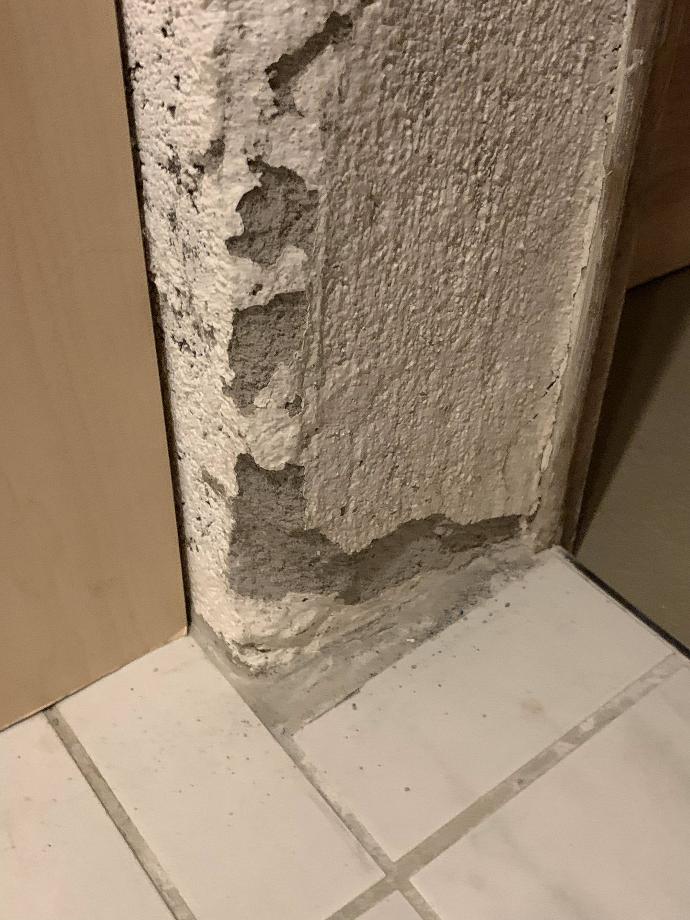
What makes household allergies to mold and dust mites particularly troublesome is the fact that symptoms can occur intermittently throughout the year. Early symptoms are often similar to a common cold, accompanied by conjunctivitis and sinusitis. Over time, these symptoms can worsen, causing narrowing of the lower airways and asthma. In addition, at cold times of the year, skin eczema may also appear.
To prevent household allergies to mold and dust mites, it is important to maintain proper hygiene in the home, avoid accumulating dust, and ensure good air circulation. In addition, dehumidifiers and air filtration equipment can be used. In case of allergy symptoms, it is important to seek medical attention for diagnosis and appropriate treatment.
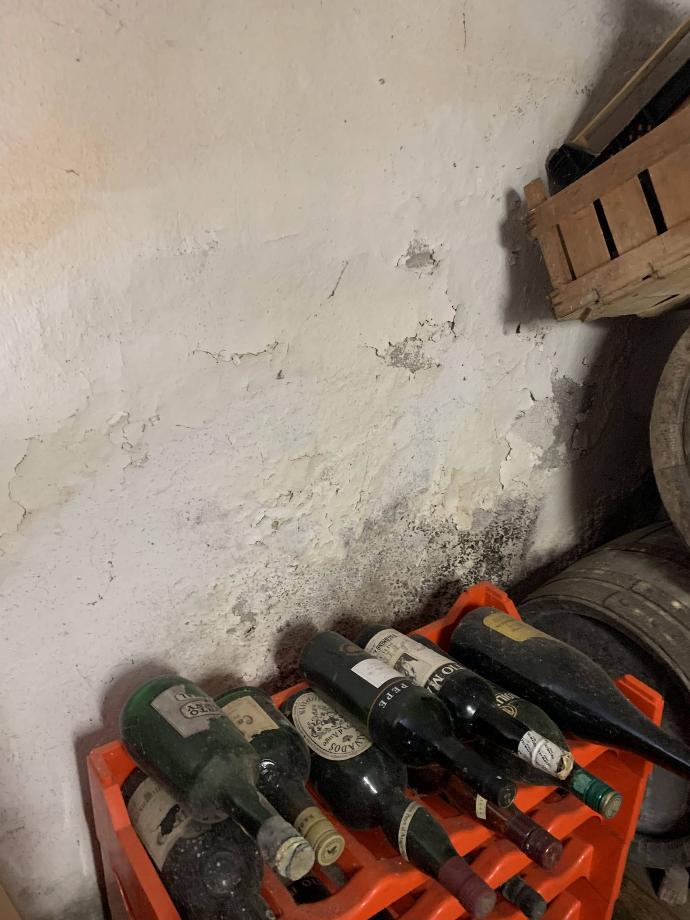
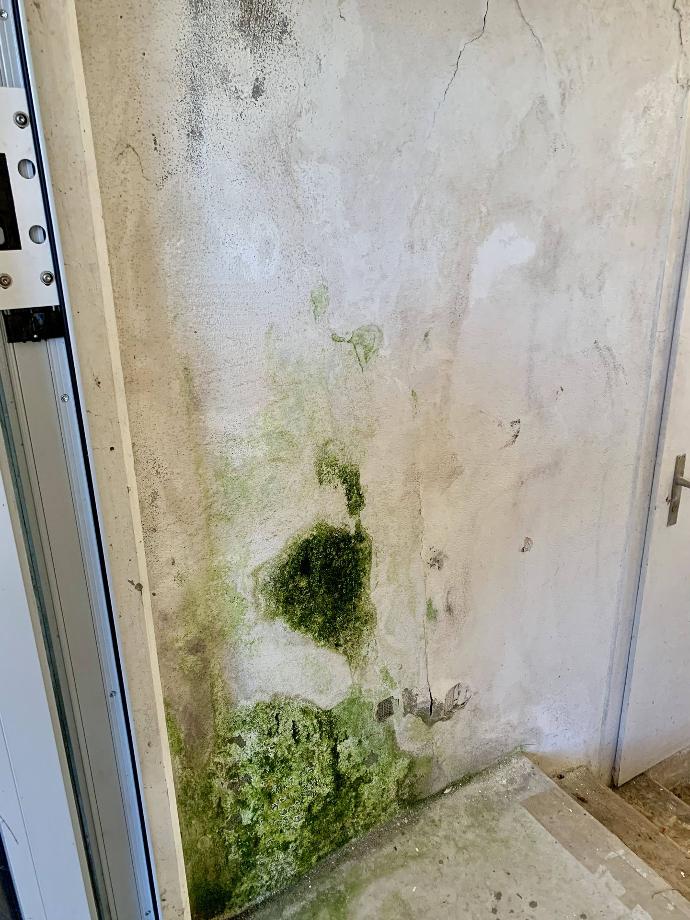
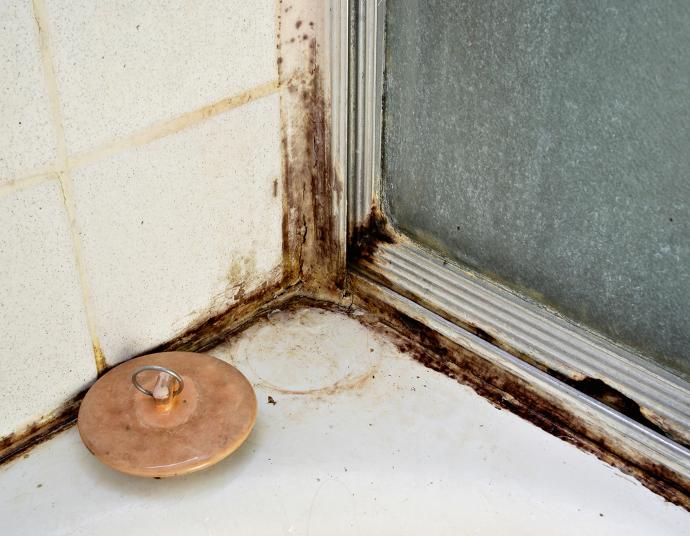
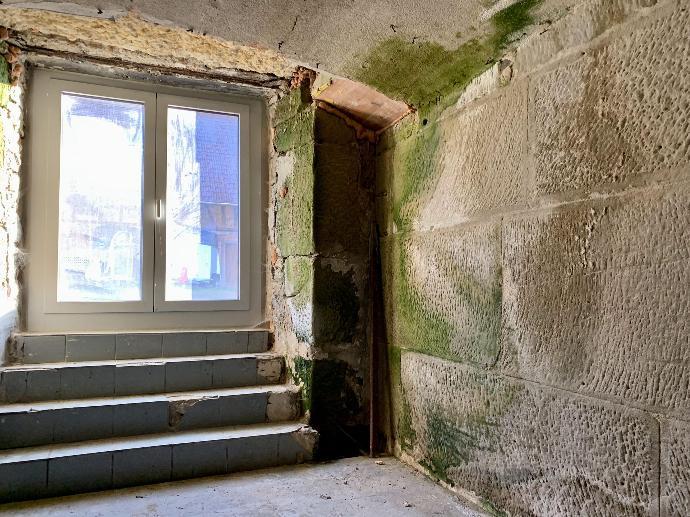

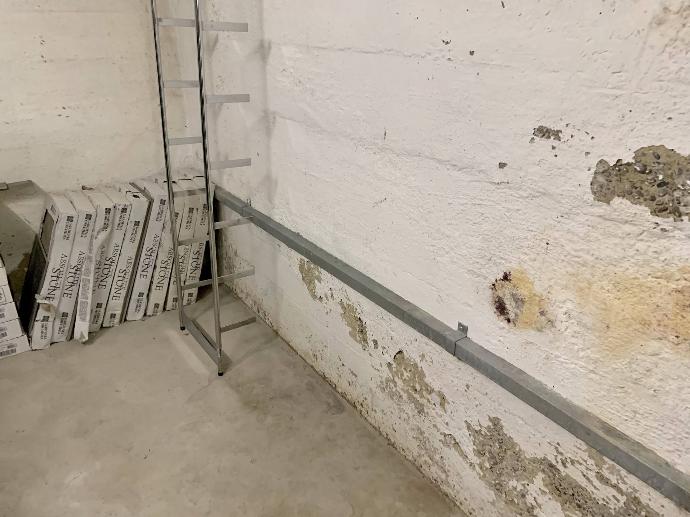
Home allergies: an invisible threat in our homes